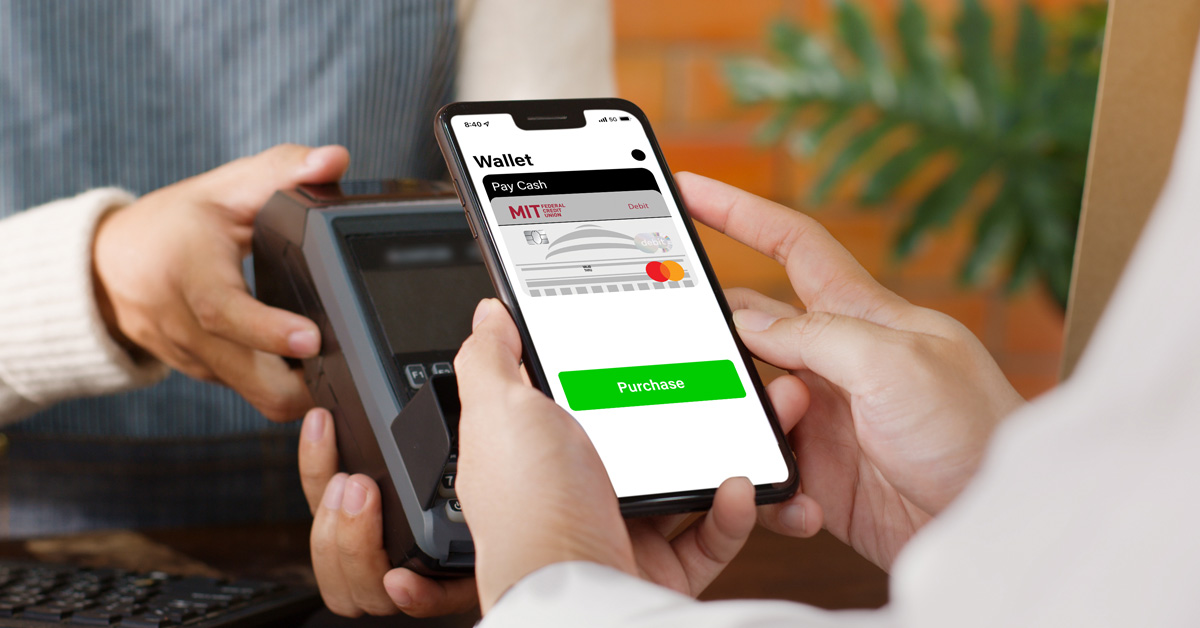Be Financially Fit: Your Personal Money Makeover In 7 Easy Exercises
MIT FCU is here to provide you with the information and resources you need to make this your most financially fit year yet. Get started with our seven exercises to make-over your financial life.
Exercise #1: What changes do you want to make
Exercise #2: Set goals.
Exercise #3: Be prepared.
Exercise #4: Make a plan.
Exercise #5: Develop healthy habits.
Exercise #6: Lose debt.
Exercise #7: Stick with it.
What changes do you want to make?
When struggling financially, it’s often difficult to jump on the scale and get a real picture of where you are. If you’re going to make changes this year, start by being honest about where your finances are right now. Make a list of all your debts and liquid assets. Include credit cards, student loans, personal loans and outstanding medical bills in your listing of debts. Then, list all your sources of income, including child support and contract jobs. It’s important to know where you stand financially so you can set goals and plan for the future.
Set goals
Becoming debt-free is an ideal goal, but if your debt adds up to more than your yearly income, it can be a frustrating and even counterproductive goal. Instead, set smaller, realistic goals that can bring success in a short period of time. Once you achieve one small goal, you’ll be motivated to move on to another, larger one.
For example, if you want to purchase a new television or save for a vacation, decide how much you will need to save by a specific date. Then, calculate what you will need to save each payday or month to achieve that goal. Just be patient – it’s a smarter move to pay cash than to use plastic for large purchases. If you’re looking to dump debt, start by paying off your smallest one. Once you do this, you’ll be motivated by the momentum you’ve created.
Be prepared
Unexpected expenses happen. A car needs new tires, a child outgrows his jacket, an appliance needs to be repaired; but, with an emergency fund, you’ll be ready for these unplanned-for occasions. Before you attempt to pay off any debt, set aside some cash that’s easily accessible so you can turn to it rather than a credit card when an emergency comes up.
Make a plan
If you want to become financially fit this year, a budget is a must-do. You’ve already taken stock of where you are financially, so now it’s time to plan where you want to go. List all your monthly expenses and compare your list to the list of monthly income you made earlier. Your income should exceed your expenses. If not, it’s time to improve your bottom line.
Develop healthy habits
You cannot become financially fit if you spend more than you bring in each month. Find a way to either cut expenses or increase your income. What are some non-essential expenses in your budget? You can easily trim monthly pedicures, car washes, dinners out and maybe even gym memberships from your expenses. Watch out for other items you’re buying that aren’t necessarily in your budget.
Increasing income is another great way to become more financially fit. Do you have a hobby, such as graphic design, knitting or writing that could earn you extra income? If there’s no conflict of interest, you could even take your day job and contract yourself out to friends or family on the side. Extra income will help you pay down your debt at a much faster rate.
Lose that debt
Getting rid of debt is the single best thing you can do for your financial future. When you figure late fees and interest into your budget, you don’t make much progress on the principal balance. Start saying goodbye to your debt by paying off your smallest debt first. Then, take what you would normally pay each month on that debt and apply it to the next-smallest debt. Continue paying off all your debt this way. It will take time and patience, but you’ll start to see a huge change to your bottom line as those debts begin to disappear.
Stick with it
Making changes to your life is a challenge. Take the time each month to look at your budget and your bottom line and make adjustments as you go. There is no magic solution to becoming financially fit, and you will make mistakes along the way. Don’t be discouraged when you slip up. Instead, look at it as an opportunity to learn and regroup so you can push hard to your financially healthy and secure future.
« Return to "Blog"
- Share on Facebook: Be Financially Fit: Your Personal Money Makeover In 7 Easy Exercises
- Share on Twitter: Be Financially Fit: Your Personal Money Makeover In 7 Easy Exercises
- Share on LinkedIn: Be Financially Fit: Your Personal Money Makeover In 7 Easy Exercises
- Share on Pinterest: Be Financially Fit: Your Personal Money Makeover In 7 Easy Exercises

What are the Benefits of an Interest-Bearing Checking Account?
Let’s take a closer look at what sets this account apart from others.

How Fit is Your Financial Future? Get Fit with an Estate Plan
An estate plan is the only way to ensure you stay in control of everything you’ve worked so hard for.

4 Ways to Stay Financially Fit this Summer
Here are four hacks for a summer of financial fitness.





